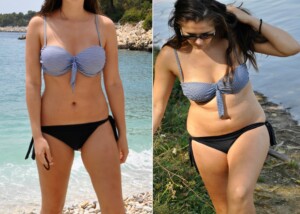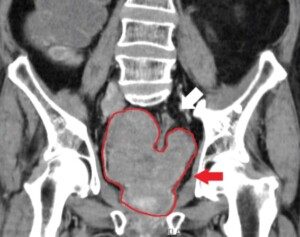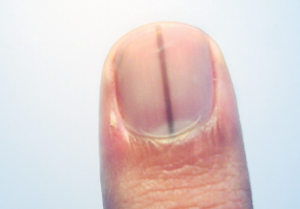Interval running might just be the ultimate workout hack, mixing short bursts of your fastest or almost fastest running with recovery periods, giving major fitness results in way less time than traditional cardio.
Almost a third of adults still don’t move enough.
The top excuse? Not enough time. That’s where interval running comes in — it delivers serious results fast.
What is interval running?
Interval running is built on the idea of high intensity interval training (HIIT).
Maybe you’ve heard that before. Well, it’s time to hear it again if you’ve been putting off exercise in the name of not having enough time.
It’s all about alternating between short, intense bursts of effort and easy recovery periods (casual walking or a slow jog).
Instead of doing burpees or pushups, interval running uses the same approach — fast, powerful sprints followed by slower-paced recovery segments.
The goal is to challenge your body, force it to adapt, and build endurance faster than steady-paced jogging or brisk walking ever could.
The 10-20-30 Method
Jog slowly or walk slowly for 30 seconds, pick up to a moderate run for 20 seconds, then go all-out for the final 10 seconds.
Repeat this cycle several times, rest and do another round if you’re up for it.
The Fartlek Method
During your normal jog, randomly throw in short sprints — like running hard to the next mailbox or parked vehicle — then slowing down until you’re ready to go again.
Other “let’s go!” markers could be a short incline on a path, a street light or a park bench.
It’s flexible, fun and keeps your workouts from getting stale.
The Science Behind the Sweat
Plenty of studies show that interval-style running is incredibly effective for your heart, metabolism and body composition.
In research on overweight subjects, sprint intervals (or one’s fastest, even if technically it’s not a sprint) actually improved cardiovascular fitness more than did jogging at a steady pace.
Participants who sprinted increased their VO₂ max — a measure of how efficiently your body uses oxygen — much more than those who did jogging at a fixed pace.
- If you can run or jog at a fixed or steady pace, this is nowhere near your fastest run.
- By definition, “steady” or “fixed” means easy effort to moderate effort, rather than intense or strenuous.
Faster Metabolism, Better Health
Interval running does more than just boost endurance — it improves how your body handles energy.
Alternating between sprints and recovery helps regulate blood sugar levels and can reduce the risk of type 2 diabetes.
It also helps optimize how your cells use energy, improving how your body generates energy.
Over time, that leads to better blood pressure, healthier cholesterol and less “bad” LDL.
How much time are we talking per week?
Just 18 minutes of sprint (or your best all-out intervals), three times a week, can produce noticeable changes in your health and fitness.
- This is NOT too good to be true.
- You absolutely need to kick ass during those seconds of “sprinting.”
How to Get Started with Seconds Interval Running
If you’re new to interval running, start easy. Outdoors, you could sprint between two particular houses or buildings, then walk or jog to the next one to recover.
I myself have used empty nighttime parking lots as markers.
You can also use a treadmill — but if you hold on during the sprint intervals, you’ll defeat the purpose!
I recommend manual adjustments because this way you can set the speed to what’s a true, kickass interval for your abilities.
Intervals can be as short as five seconds or as long as a minute.
But you’ll get even more glorious results if you run faster over a shorter time (no human can run their fastest for one minute, which is why 100-meter sprint athletes can’t maintain their top speed even for the 200 meter dash).
The key is to push yourself to about 90% of your max effort during the sprint segments, then take enough time to recover before the next burst.
![]()



























